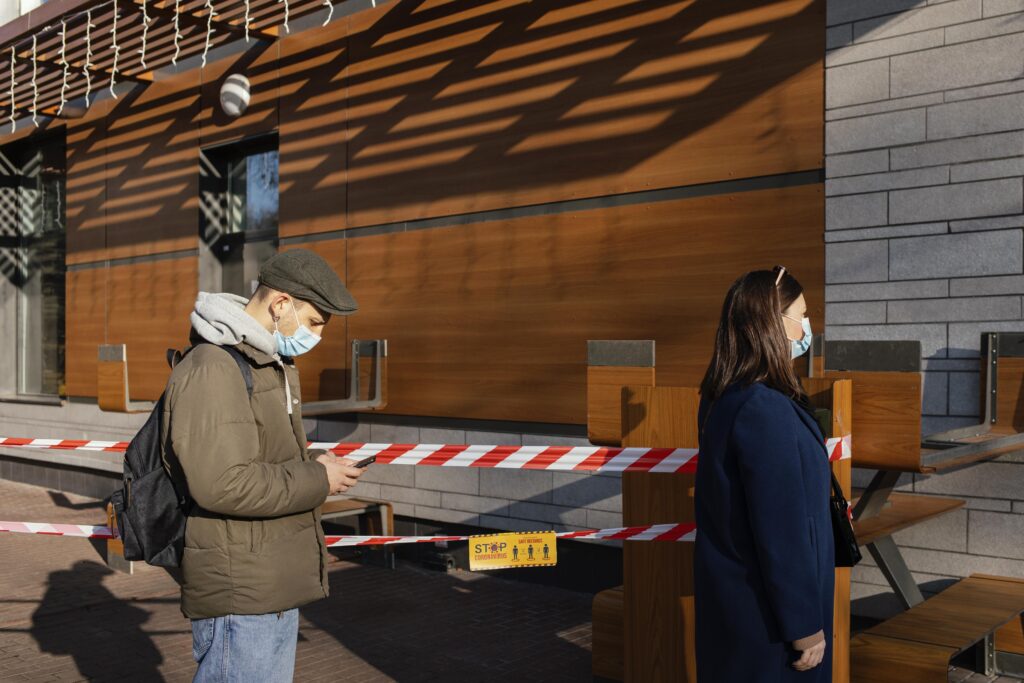Making good safety induction films for Malaysian companies calls for a great respect of cultural standards and practices, not only of safety procedures. Emphasizing techniques to guarantee the material appeals to many cultural backgrounds across Malaysia, this paper investigates the value of cultural sensitivity in safety induction video production.
Importance of Cultural Sensitivity
Workplaces in Malaysia’s cosmopolitan society are varied, including many ethnicities, languages, and cultural practices. Employees are more likely to relate to safety induction videos that honor and value these cultural variances. Because employees feel valued and understood in their cultural settings, cultural sensitivity promotes inclusiveness and improves involvement.
Strategies for Cultural Sensitivity
- Multilingual Approach: Incorporate languages such as Malay, Tamil, Mandarin, and others to ensure accessibility and understanding among all employees. Provide subtitles or voiceovers in different languages to accommodate linguistic diversity.
- Respect for Cultural Practices: Acknowledge and integrate cultural practices into safety messages where relevant. For example, incorporating traditional attire or customs in video scenarios can enhance relevance and authenticity.
- Visual Representation: Use visuals that reflect the diversity of the workforce. Include diverse characters and settings that resonate with employees from different cultural backgrounds, promoting a sense of representation and inclusivity.
- Consultation with Cultural Experts: Engage with cultural experts or consultants to review scripts and visuals for accuracy and cultural appropriateness. Their insights can ensure that the content respects cultural sensitivities and avoids stereotypes.

Practical Implementation
- Script Development: Craft scripts that use culturally appropriate language and examples. Avoid idioms or references that may not translate well across cultures.
- Visual Design: Ensure that visuals are culturally neutral or respectful of cultural diversity. Use colors, symbols, and gestures that are universally understood or accepted within Malaysian cultures.
- Feedback and Iteration: Gather feedback from employees representing different cultural backgrounds during the production process. Incorporate their perspectives to refine the content and enhance cultural relevance.
Benefits of Cultural Sensitivity
By prioritizing cultural sensitivity in safety induction videos, organizations can:
- Enhance Engagement: Employees are more likely to engage with content that respects their cultural identities and values.
- Improve Effectiveness: Culturally sensitive videos are more effective in communicating safety messages and promoting adherence to protocols.
- Foster Inclusivity: Promote a workplace culture where all employees feel respected and valued, contributing to a positive and cohesive work environment.
Conclusion
In summary, for Malaysian companies, safety induction video production depends critically on cultural sensitivity. Organizations can improve communication efficacy, raise awareness of safety, and create an inclusive workplace by honoring and including cultural standards and practices into video content. Adopting cultural sensitivity guarantees that safety induction videos appeal to every employee, regardless of their cultural background, so enabling safer and more harmonious workplaces all around Malaysia.






